As far as Jewish plays go, "The Dybbuk" is a classic to those in the know or, perhaps more appropriately, those in the Noh — the dramatic Japanese theatrical style.
A new interpretation of "The Dybbuk" is coming to town. The play, directed by Tel Aviv University professor Zvika Serper and co-adapted by UCLA Japanese theater expert professor Carol Fisher Sorgenfrei, features Israeli actors from Tel Aviv University.
The Los Angeles showing of "The Dybbuk," a high-quality video presentation of the June 2002 Israeli production, will be accompanied by panel discussions by the talent involved when it comes to UCLA on Dec. 8 and the Los Angeles County Museum of Art (LACMA) on Dec. 15. The program is being sponsored by the Center for Jewish Culture and Creativity, The Jewish Federation’s Tel Aviv-Los Angeles Partnership, the UCLA theater department, Tel Aviv University and LACMA.
Two years ago, Serper, an Israeli actor-director who spent nine years working professionally in Japan, conceived the idea of staging a Japanese-influenced re-telling of S. Ansky’s seminal Yiddish work. The play is about unattainable love and features restless, avenging ghosts and an exorcism performed by holy leaders.
Serper turned to UCLA’s Sorgenfrei, who is well-versed in the genre of fusion theater, which combines contemporary works with the classical forms of Japanese theater: Noh, Kyogen and Kabuki. Both Noh and Kyogen date back to the 14th century and employ masks.
The Buddhist-influenced Noh style tends to be more religious, aristocratic and austere, with stories revolving around a dead person’s reconnection with the living world to resolve issues in order to transcend to the next realm.
Kyogen is more satirical in nature, commenting on human existence with tales rooted in everyday life that often comes across as Noh parody.
The stylized Kabuki, which originated in the 17th century, does not involve masks but employs elaborate makeup to unspool its dramas of the merchant class. The stories tend to be more worldly and contemporary, featuring bandits and prostitutes battling with feudal lords.
While the Serper-Sorgenfrei presentation finds its inspiration in the Noh style, "we’re not trying to make it look like a Japanese play," Sorgenfrei said of their "Dybbuk" version, which uses "the aesthetic principles — stylized speeches. It’s very visual, very musical."
"We were approached by Tel Aviv University in the beginning, most specifically about the composition of the music," said John Rauch, director of the Center for Jewish Culture and Creativity, which commissioned Haifa-born Dr. Ofer Ben-Amots to spend two months in Israel working on the music. Ben-Amots currently is head of the composition department at Colorado College.
"We’re looking to make this work accessible to younger people," Rauch explained. "We don’t want to see too many white hairs sitting in the audience."
Jean Friedman, chair of Tel Aviv-Los Angeles Partnership Culture Committee, believes that such an artistic endeavor "allows them to see another face of Israel." She saw the new version of the "Dybbuk" while in Tel Aviv, and Friedman said it squashed any reservations she brought to the show.
"I thought we would lose the ‘Dybbuk’ effect by making it Japanese," Friedman said, "but in fact, it became much more Jewish. Serper incorporated passages from the Bible. It’s very, very imaginative."
Sorgenfrei’s obsession with Japanese theater dates back to her days at Pomona College in Claremont.
"I had a wonderful, inspirational teacher named Leonard Pronko," she recalled. "He was the first foreigner ever to study as an acting student at the national training institute for Kabuki in Japan."
Years later, an interest in Japanese theater ensured that Sorgenfrei and Serper would cross paths.
"We’ve known each other for many, many years, and we’ve always wanted to work together," said Sorgenfrei, who reconnected with Serper at a 1998 Munich conference on Japanese theater.
According to Sorgenfrei, "The Dybbuk" is ready-made for the fusion theater arena.
"There are themes of the eternity of the soul, the spirituality of the power of love, tradition, a Romeo and Juliet searching for the impossible against all odds," she said. "When I tell the story of ‘The Dybbuk’ to my Japanese friends, they go, ‘Oh, isn’t that a Japanese story?’"
“The Dybbuk” will screen on Dec. 8 at UCLA’s Macgowan Hall Little Theater in Westwood. For information, call (310) 206-6853.
A screening and discussion of “The Dybbuk” will take place as part of the “Symposium on Japanese Tradition and Fusion: The Arts of Noh and Kyogen Theater” on Dec. 15 at LACMA, 5905 Wilshire Blvd., Los Angeles. Free. Reservations required.
E-mail sylviacardenas@lacma.org .
For information on the Center for Jewish Culture and Creativity, call (323) 658-5824.






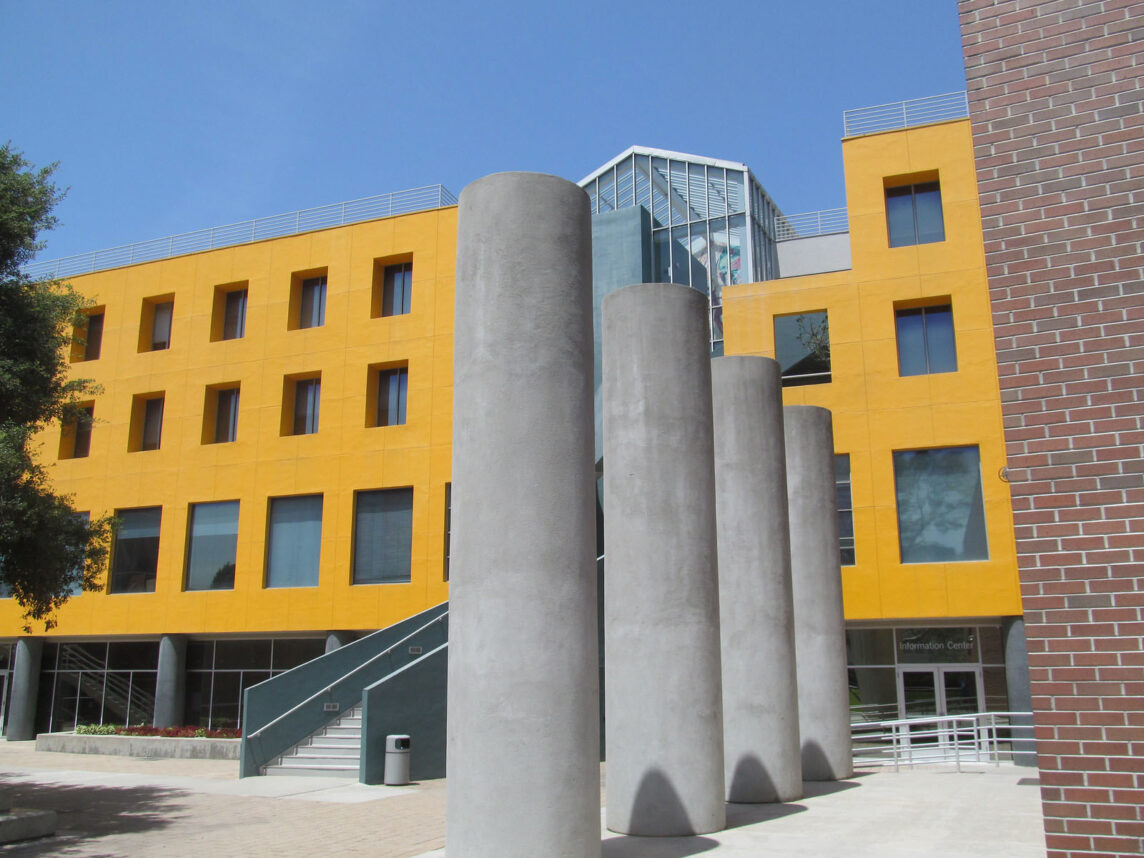
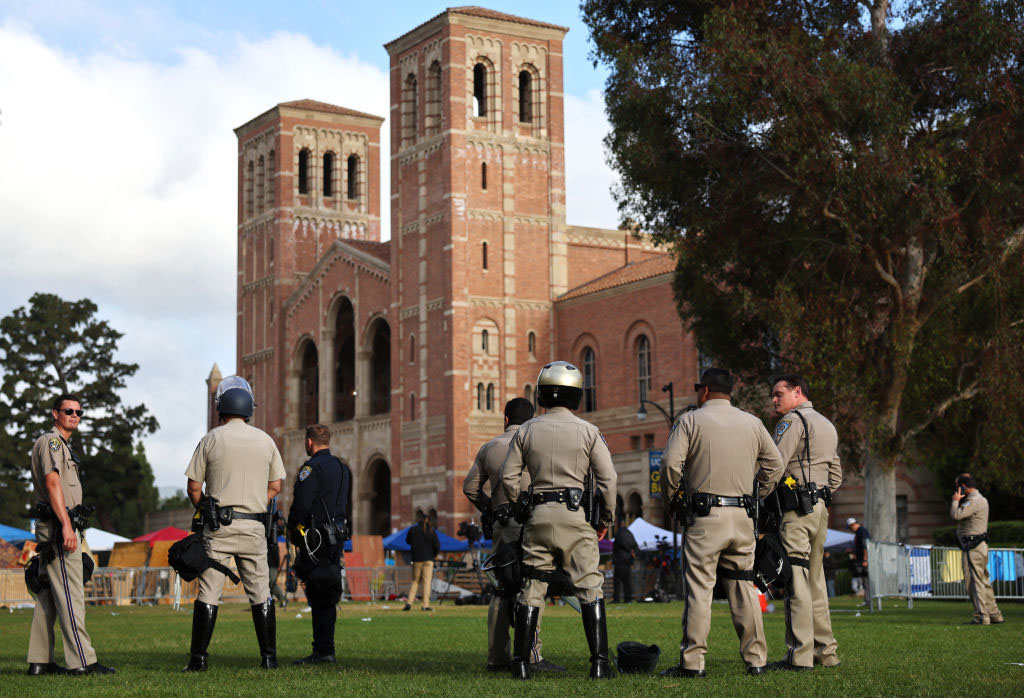
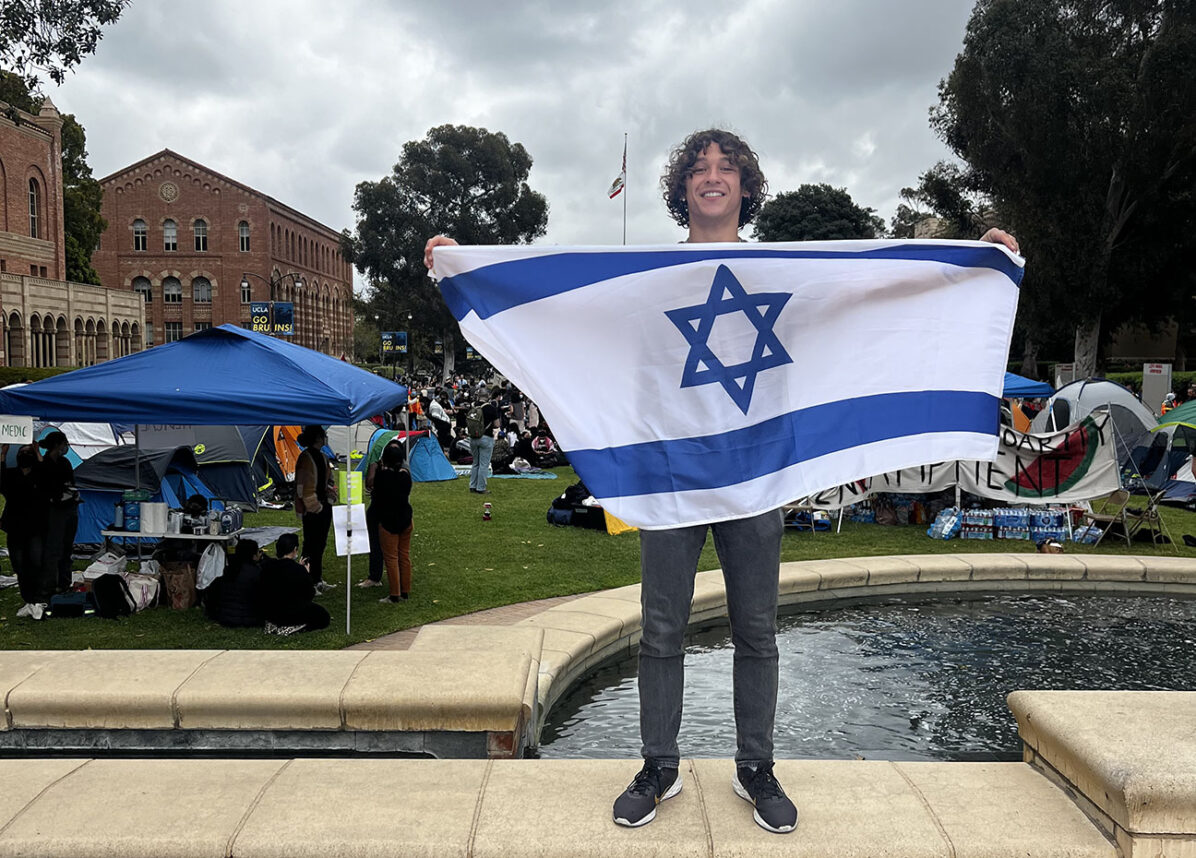

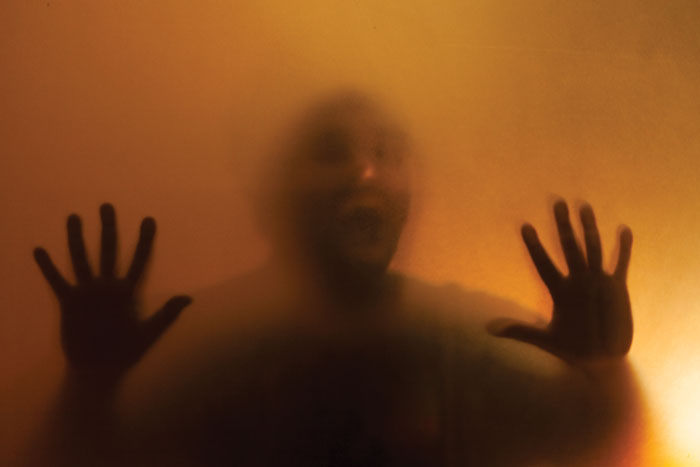
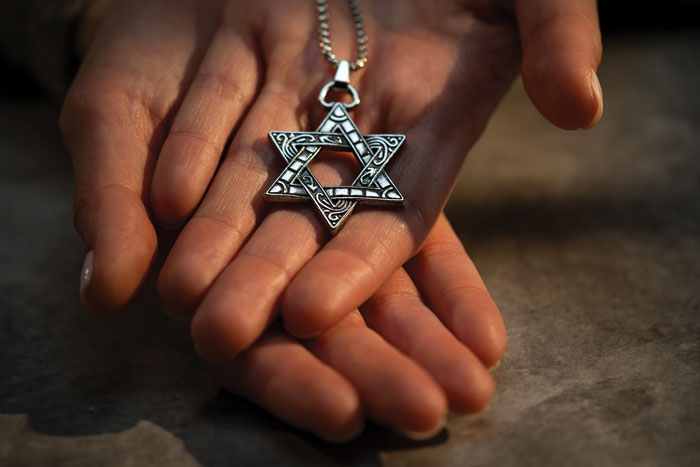

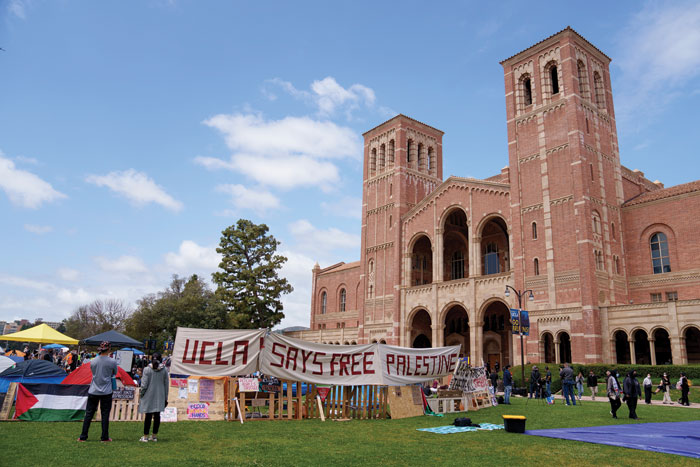


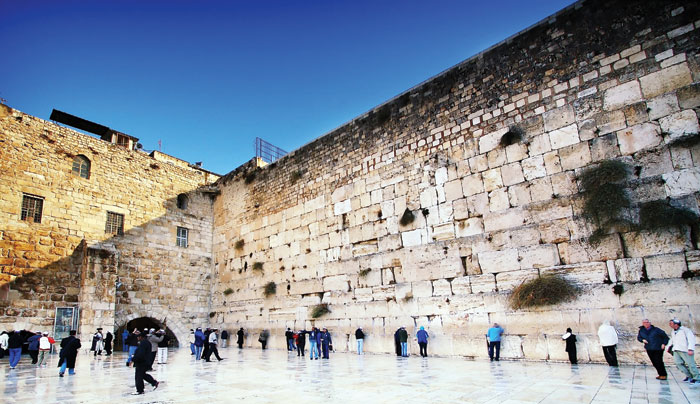





 More news and opinions than at a Shabbat dinner, right in your inbox.
More news and opinions than at a Shabbat dinner, right in your inbox.